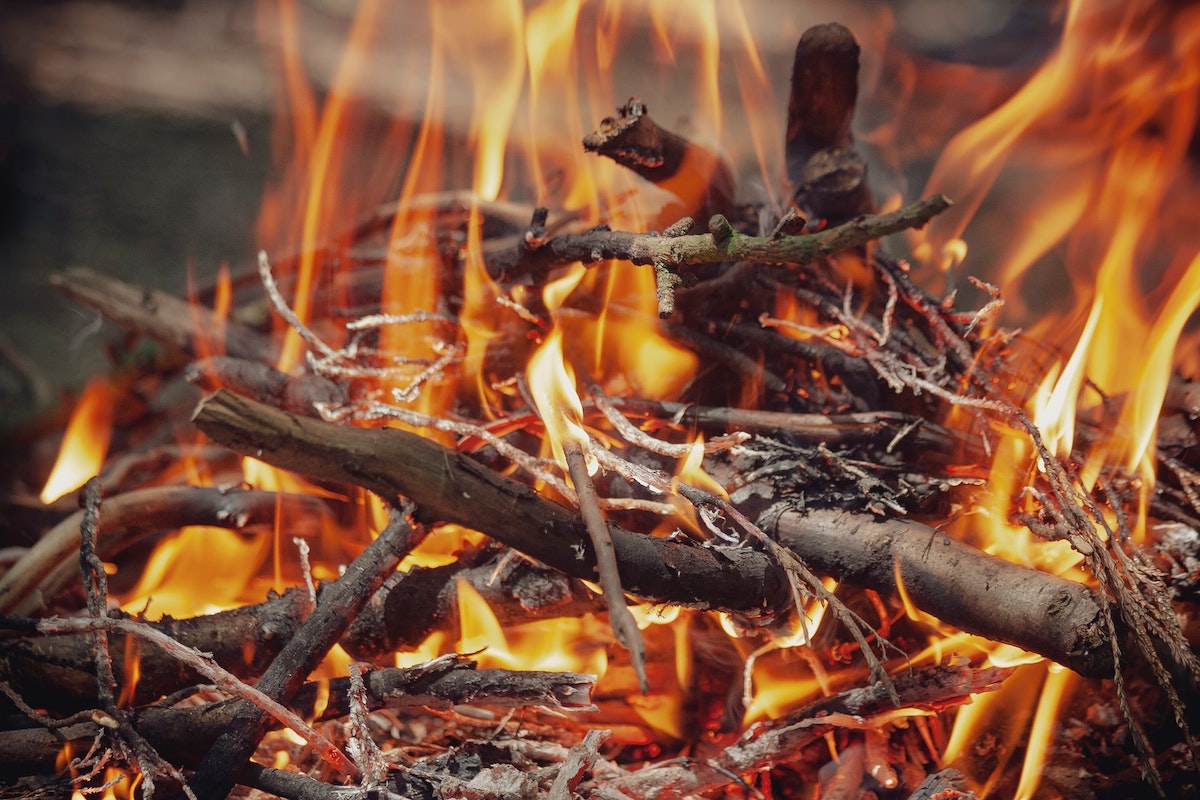Originally published in: The Caravan
Authors: Sangita Vyas
In a village in Uttar Pradesh's Reusa block this January, I met Pushpa Devi, a young mother. As we spoke, she fed her tiny daughter milk from a spoon—the baby was too weak to breastfeed. Even at one month old, she looked to be under 2.5 kilograms, the limit below which newborns are considered to be low birthweight. Several factors contributed to the fragility of Pushpa Devi's daughter, and the air she was breathing was certainly one of them.
Every winter morning and evening, in thousands of villages across north India, people without adequate housing or warm clothing huddle around small fires to try and keep the chill at bay. I saw countless such fires in the week I spent in Reusa, as well as farmers burning sugarcane thrash to clear their fields after the harvest, and small factories burning sugarcane pulp to make gur. Closer to Lucknow, 90 kilometres to the south, coal-fired power plants and factories such as brick kilns emitted constant streams of smoke. These and other sources of air pollution leave rural north India under a thick layer of smog throughout winter.
According to India's National Ambient Air Quality Standards, the permissible outdoor concentration of particles smaller than 2.5 micrometres in diameter, averaged over 24 hours, is 60 micrograms per cubic metre. These are particles so small they can enter deep into the lungs, and even into the bloodstream. Levels of outdoor air pollution in Reusa regularly hovered at two to four times this limit during my visit, and rose to around ten times the limit one night. Air this polluted can kill babies and old people, impede healthy development in children, and give everyone else respiratory infections.
There are no government pollution monitors in Reusa. I collected data on my own, in fields and public spaces, using a portable measuring device. In Lucknow, the nearest place where the government collects air-quality data, outdoor pollution levels over the same week were often lower than those I recorded in Reusa. The popular refrain “gaon ki hawa, sheher ki dawa,” equating village air to a city’s medicine, appeared far from true.
Over the years, the Indian government and international development agencies have spent many millions of dollars trying to reduce indoor air pollution in rural India. This menace is mostly attributable to chulhas—traditional cookstoves fuelled by dung, wood or crop residue. But the problem of outdoor air pollution in rural India is rarely acknowledged, even though chulhas contribute to it too when the smoke they produce drifts outdoors.
Read the full article here.
...
Photo by Dom.

